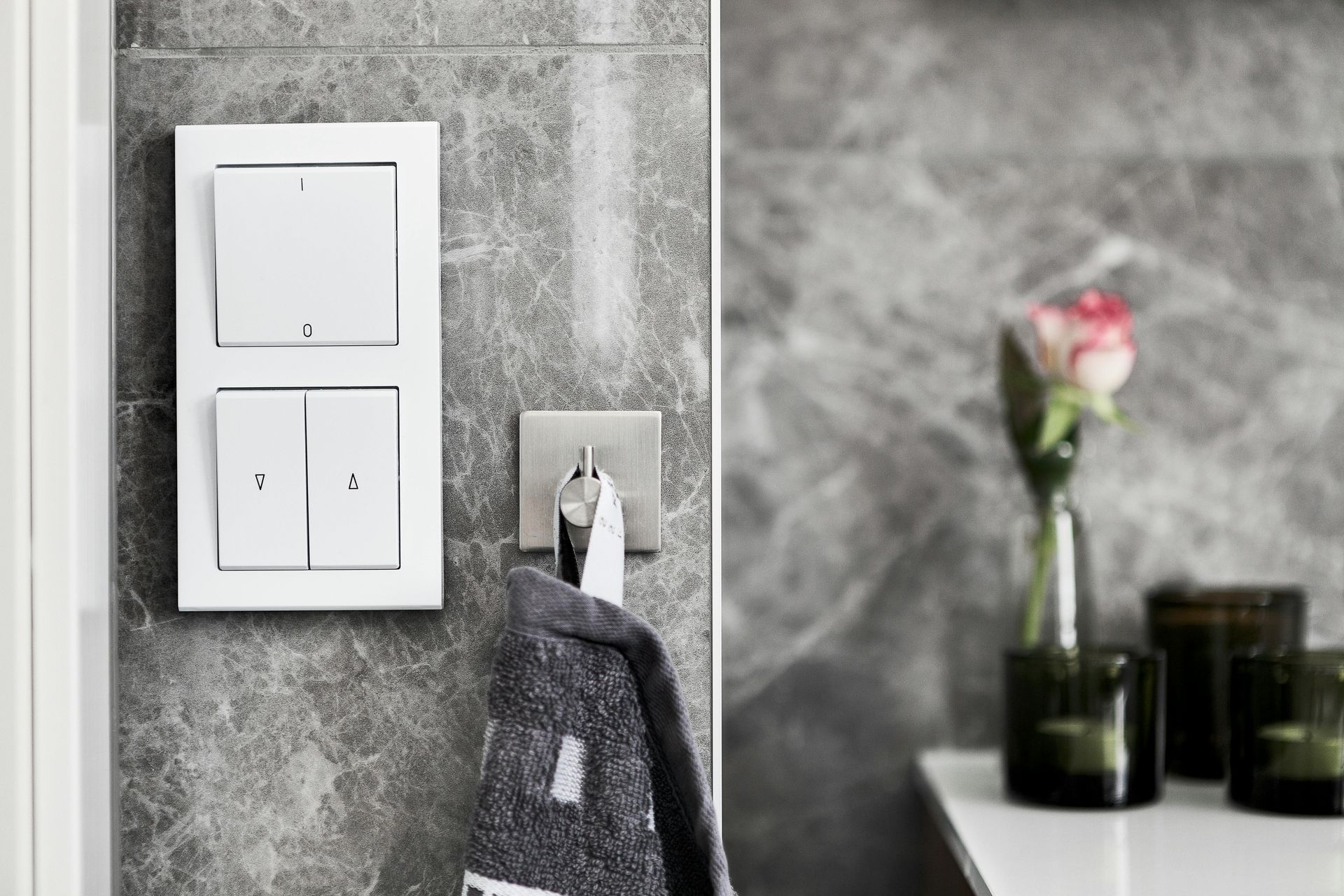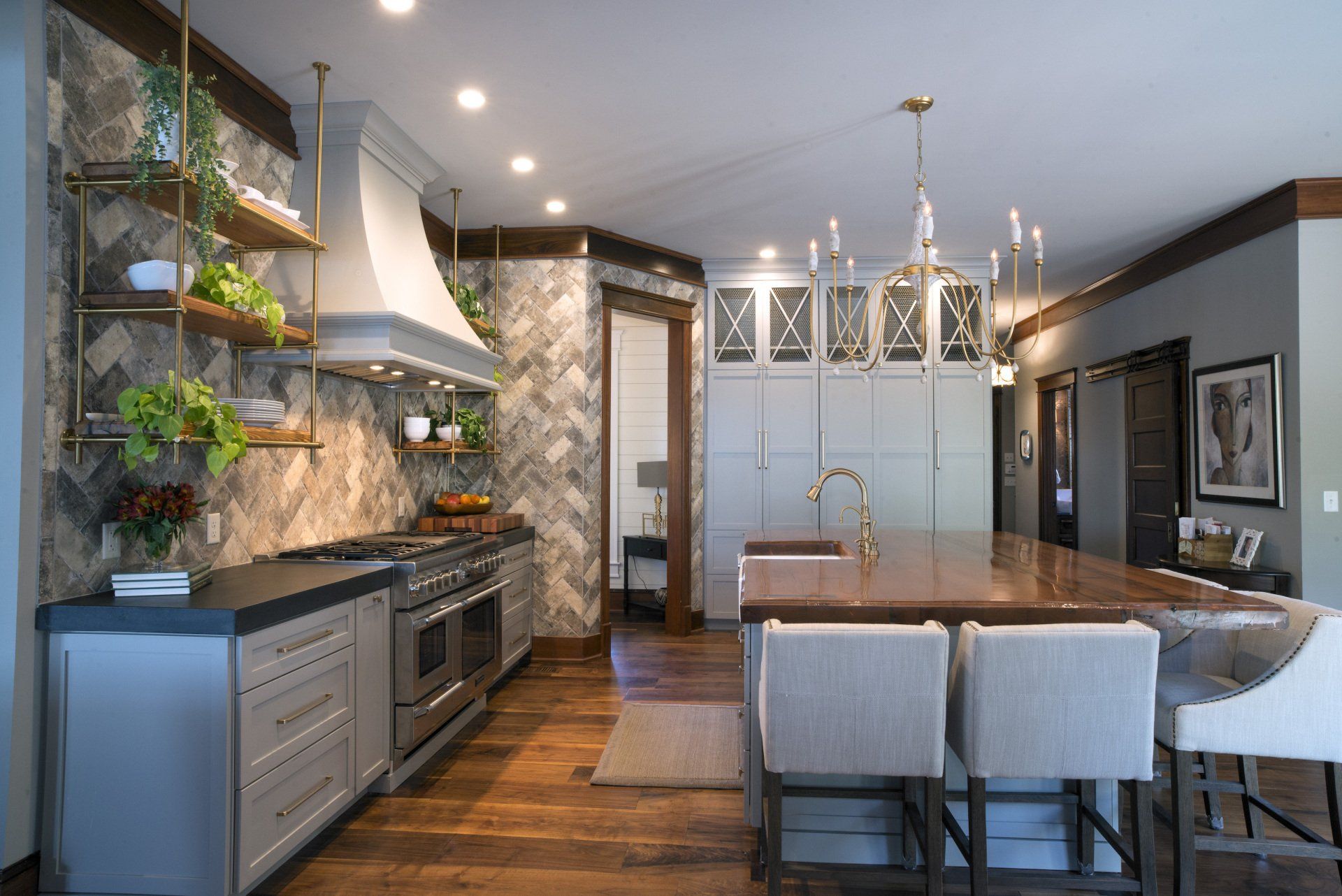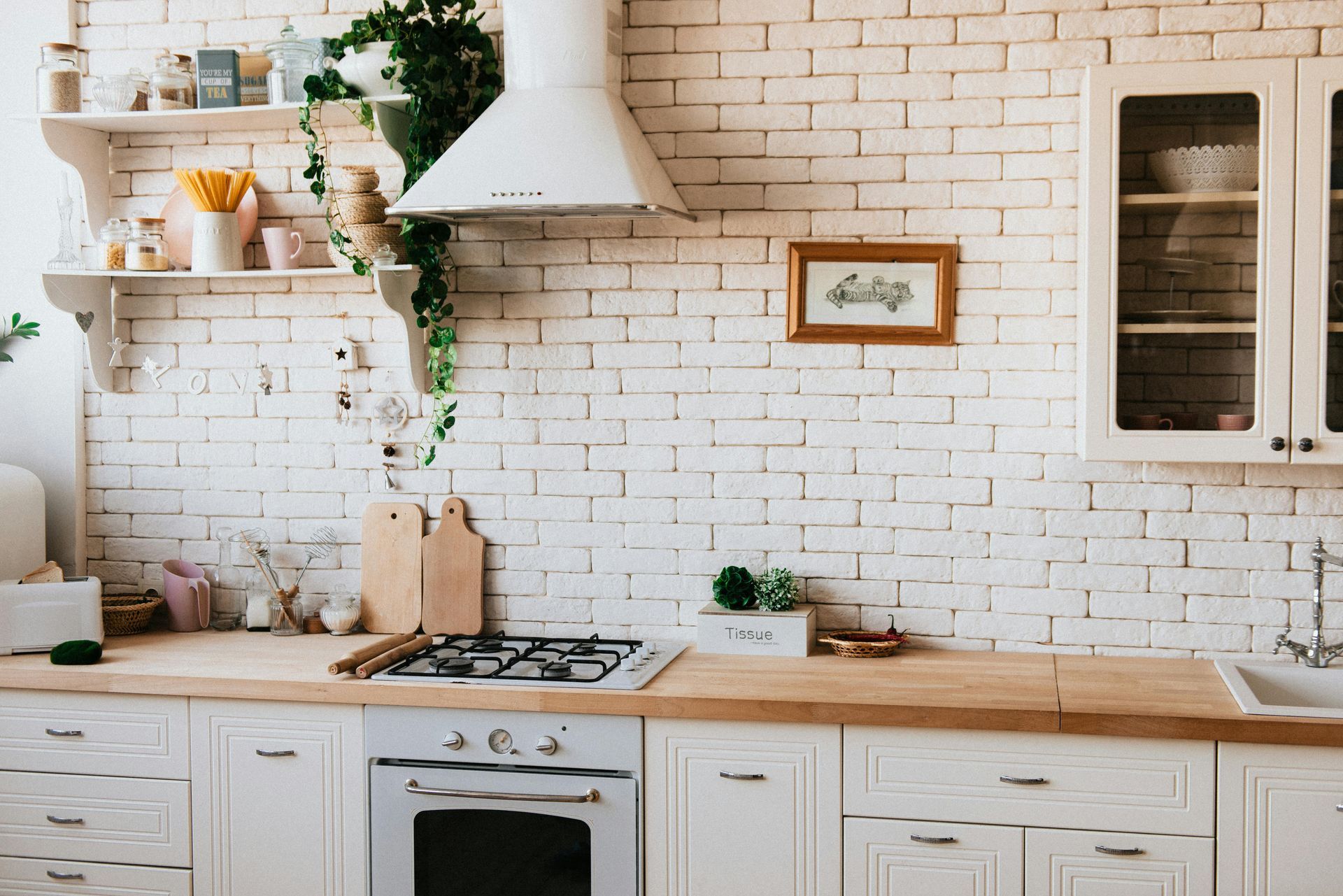With a large percentage of homeowners Chattanooga spending most of their days at home, demand to make their homes more beautiful and functional is at an all-time high. Master baths are at the top of the list of most desired renovation projects.
If you would like to renovate your master bath, consider the following:
- How long do you plan to live in your home?
- Who would be the primary users of the bath?
- What functionality is most important?
- What aesthetic do you want to achieve?
Many homeowners Chattanooga plan to remain in their homes for many years and want improvements that will enable them to age-in-place easily, safely and with dignity. Let your designer know your long-term plans for your home. It will influence both the design and the budget for your project.
Identify the primary users of the bath, their ages and how and how often they use the bath. There are many homeowners who only shower and then there are a large group that can’t live without a tub.
Functionality
Creating in-home spas for homeowners Chattanooga is not difficult. A spa-like space that will enable you and other family members to have a few moments all to yourself, devoid of texts, tweets and other interruptions where you can wash away the stresses of the day and recharge your batteries. Both showers and tubs offer hydrotherapies that can relax tired muscles, ease arthritic pains, rejuvenate skin tone, improve respiratory function and generally make you feel better.
If you and your family don’t use the tub, you may want to opt for a multifunctional curbless shower that gives you the ability to create open-floor plan bath that does not require a glass enclosure. The benefits of steam systems have been known for centuries. More recently, light therapy, aroma therapy and hydrotherapy systems provide the wow and technical functionality that make dreams come true.
Smart technologies for the bath can also enhance the overall experience. There are technologically advanced toilets that feature:
- Self-cleaning
- Lids that open automatically as users approach
- Hands-free flushing
- Illuminated seats
- Remote control operation
- Personal cleansing/bidet functions
- Temperature controlled heated seats
- Ability to play music
- Seats that automatically close softly (soft close)
- Digital assistant connectivity
Smart mirrors and medicine cabinets can feature:
- Integrated lighting that eliminates shadows and offers comparable benefits to natural light
- Monitor human health and provide notice of problems remotely
- Control other fixtures and components in the room or connect to personal digital assistants, smart phones, tablets and other Bluetooth enabled devices
- Electrical and smart device charging capabilities
- Infinite design options to meet any style preference
Storage is another key component of a bath renovation because a well-designed bath produces an organized bath. Determine how much storage space you want and need by inventorying all items that you want in your bath from towels and robes to cosmetics and hair care products and everything in between.
Aesthetic
Function without form can compromise the look and feel of a new bath and your enjoyment of the space. Ask yourself how you want your bath to feel every time you step into your tub or take as shower. The aesthetic tone for most master baths is set by the faucetry selected. Your designer can help you identify faucets, shapes, sizes, color schemes, floor and wall covering that meet reflect your style and the vibe you want in your new master bath.
What will it take to convert your master bath into an in-home spa that will allow you and your family a place to wash away the stresses of the day? Give us a call at 423-266-0077 or make an appointment to visit our showroom either in person at 2601 Broad St or virtually.





